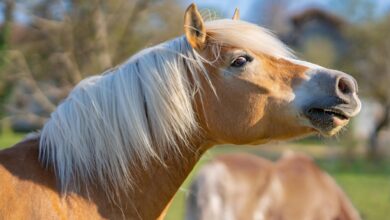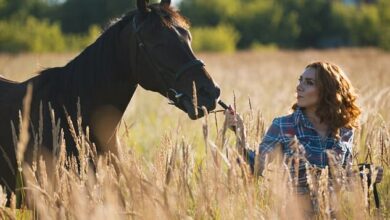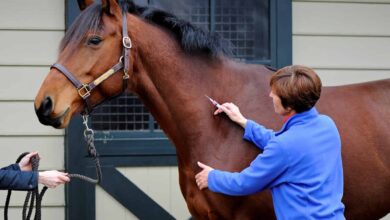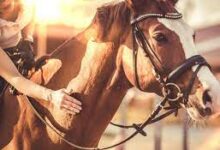by Al Badia
Even though they’re not human, horses have eyes that function much like yours. They also develop many of the same eye problems that people can have, including cataracts, glaucoma, and other conditions.
The eyes of animals, including the eyes of horses, function much like your eyes. Animals also develop many of the same eye problems that people can have, including cataracts, glaucoma, and other problems.
Horses are prey animals, so they have evolved with better night vision than their predators. Horses have large pupils that take up most of their eye and reflect light back to the retina, which is where images are formed in your own eyes. This helps them see better in low-light conditions like at night or during an overcast day when there is little natural light available for sight.
They also have a third eyelid called an nictitating membrane that helps protect their eyes from dust or dirt getting into them when they travel long distances on dirt roads or trails on horseback. A horse’s eye will often be red due to dust getting into it from riding in open areas without any protection from sunlight; this is normal behavior for horses who live outdoors most of the time but may need treatment if it happens too often or if they get too much dust in their eyes while working in enclosed spaces such as barns or stables where there isn’t much air circulation going on between horses’ bodies and other surfaces around them.








